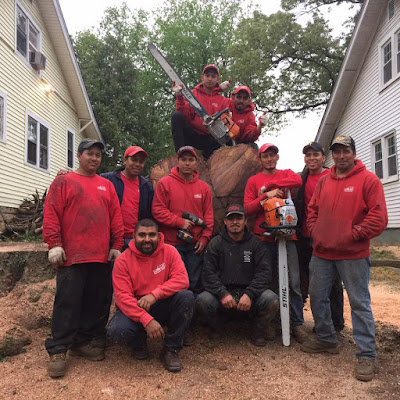Many towns and municipalities have special collection days for Christmas trees in order to recycle (and then ultimately sell back to you in bulk through mulching services). Other options include special drop-off sites and times. For the non-conformist and ambitions, there are other options as well:
Firewood: Fresh-cut wood takes at least six months to dry out. As an ‘evergreen’, Christmas trees contain sap and can be very hazardous while burning and may violate local burning ordinances. If you plan to use as firewood 1) use only outdoors, 2) use only the main trunk of the tree not the branches and 3) supervise any fire indoors OR outdoors.
Mulch: If you have the proper equipment, you can mulch your own tree and use to insulate other landscaping.
Compost: Use the branches of the Christmas tree to layer at the base of your compost pile – creating more airflow. Over time, the branches will naturally break down and decompose.
Protect your perennials: Similar to mulching, you can use the branches of the Christmas tree to lie over other plants in your garden. Doing so will help moderate temperature changes and offer additional protection from the winter wind and sun.
Toss it in the tank: In nature, many evergreen branches fall into the water and create protection for fish. Take the smaller branches and drop them into your fish tank giving your fish a place to hide and relax. Obviously, make sure you pluck off all the tinsel!
So if you haven’t given up and bought a beautiful 7-foot, pre-lit, maintenance-free, artificial beauty, there are options to recycle your Christmas tree. If you missed the opportunity to use some of the other ideas listed here this year, don’t worry, Christmas is only seven months away!
